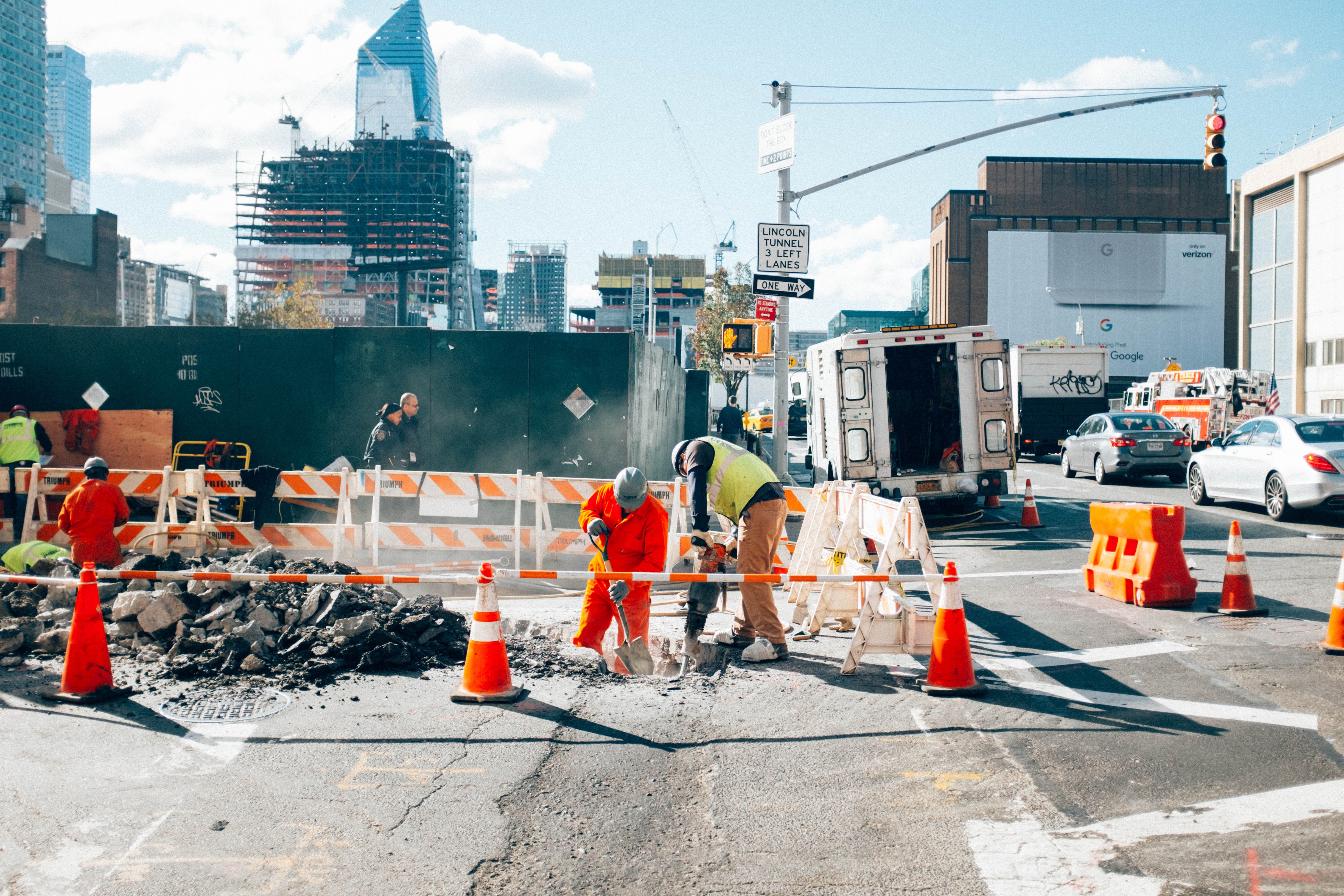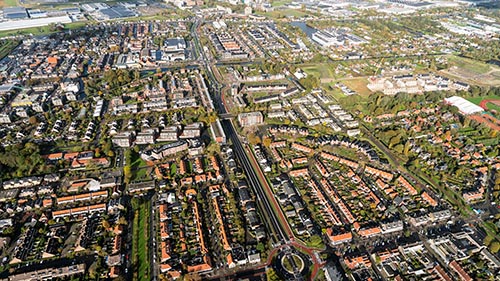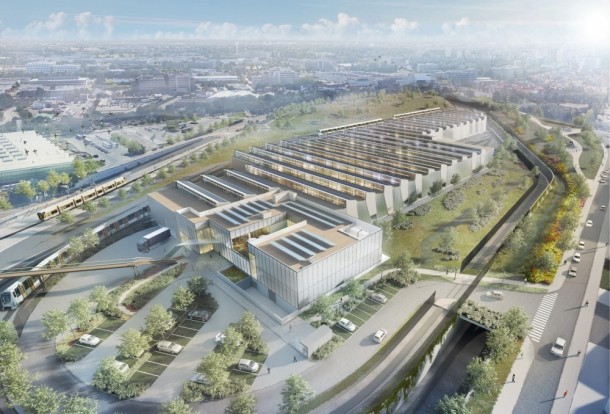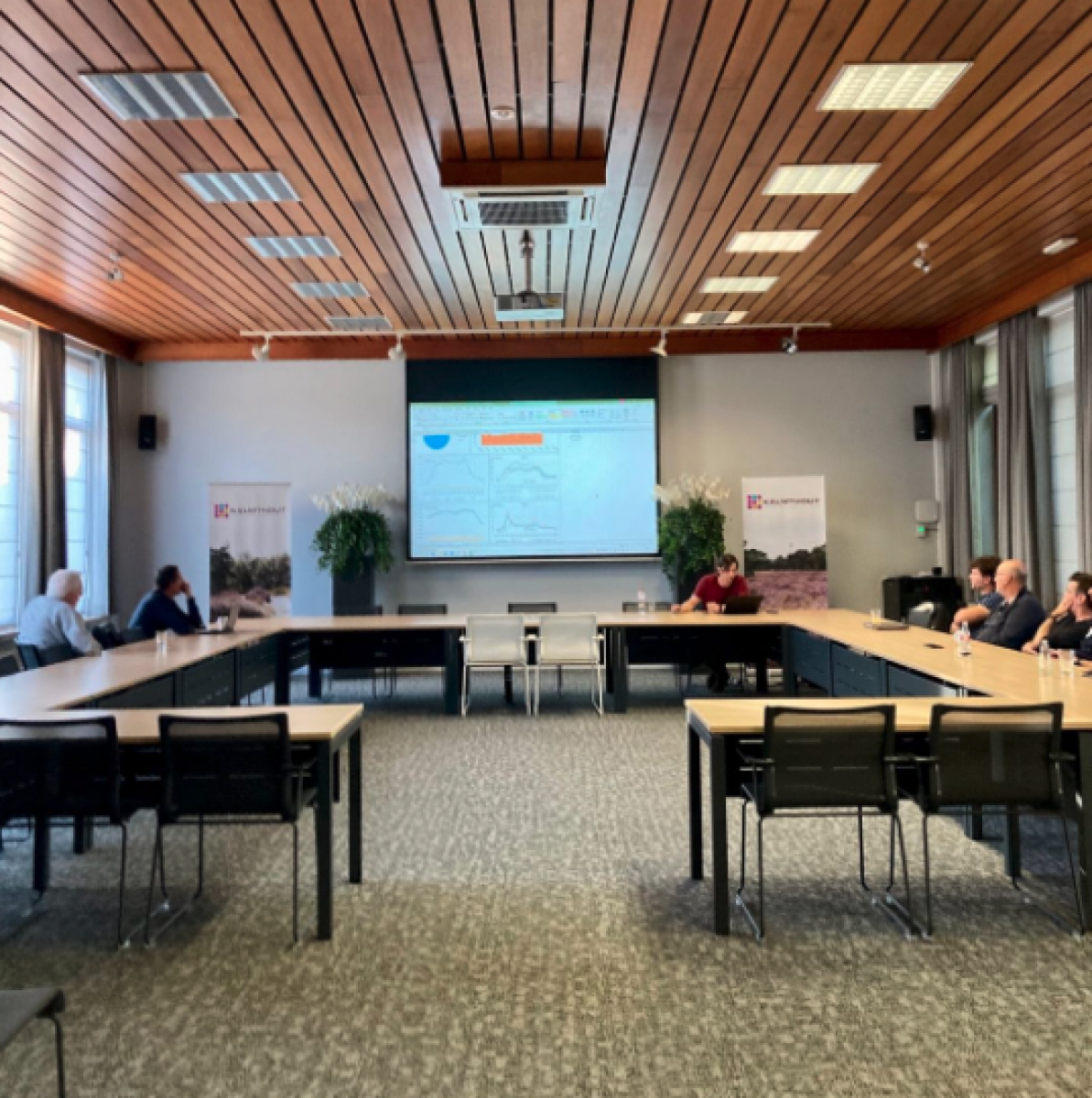Traffic monitoring during Construction Works

Telraam and Traffic Impact Assessments
Traffic diversions are commonplace for roadworks or large infrastructure developments requiring closure of public space. Planning proper road diversion is a “fine art”, aiming to balance the interests of different road users:
- Local residents, affected by traffic infrastructure (un)available from/to their homes but also affected by an increase/decrease in traffic due to the diversions
- Road users, where the closure of a main road might mean that transit traffic needs to change routes on roads unfamiliar to them
- Works traffic, The vehicles and materials related to the construction works themselves, mostly from heavy trucks.
A Telraam network can assist in a number of ways for managing and preparing for this traffic:
- Telraam can conduct a baseline study during the proposal and planning application stages to understand who currently uses the local streets, when and at what times. This information can be used to model the impact of works traffic so mitigation efforts can be planned in advance, and future street improvements can also be proposed.
- The same network can then monitor the streets during the works to see if the mitigation is working, and to help with further refinements to reduce any impact.
- After completion, the network can then track the “new normal” to measure the lasting impact of changes, and to help improve future designs and planning processes.
- Throughout the process, developers, local authorities, residents and citizens who are gathering and using this information can have constructive workshops that allow all those affected to have a say on any proposals.
Examples of Telraam applications
 A large Dutch Contractor, Dura Vermeer, is working on a major new rail line. The construction works include a bridge near the village of Aalsmeer. During a critical phase, a large roundabout was unavailable and a road diversion through a residential area was required. Dura Vermeer engaged Telraam to deploy a few devices, in collaboration with local residents.
A large Dutch Contractor, Dura Vermeer, is working on a major new rail line. The construction works include a bridge near the village of Aalsmeer. During a critical phase, a large roundabout was unavailable and a road diversion through a residential area was required. Dura Vermeer engaged Telraam to deploy a few devices, in collaboration with local residents.
 In Brussels, the public project developer Beliris is overseeing the construction of a new Metroline.
It’s a multi-year infrastructure project with hindrance of the construction at varying degrees in different areas of the city.
Beliris deployed close to 100 Telraam devices in a
large area to continuously monitor changing traffic patterns throughout the different phases of the project.
In Brussels, the public project developer Beliris is overseeing the construction of a new Metroline.
It’s a multi-year infrastructure project with hindrance of the construction at varying degrees in different areas of the city.
Beliris deployed close to 100 Telraam devices in a
large area to continuously monitor changing traffic patterns throughout the different phases of the project.
 In the Belgian municipality of Ranst, construction works on the main road through the village led to multiple diversions for transit and local traffic. About 40 Telraam devices were deployed to first establish a baseline before construction works started. Later on, Telraam data was used throughout to monitor changes to the traffic, allowing city planners to make changes to the diversion plans.
In the Belgian municipality of Ranst, construction works on the main road through the village led to multiple diversions for transit and local traffic. About 40 Telraam devices were deployed to first establish a baseline before construction works started. Later on, Telraam data was used throughout to monitor changes to the traffic, allowing city planners to make changes to the diversion plans.
Making plans, but building flexibility and responsiveness
The primary goal of any temporary diversion is to provide safe alternative routes to road users in order to reduce any inconvenience as far as possible during construction works that can sometimes take weeks or months. Those plans require good baseline data for developing models that will be used to make plans for any contingencies.
However, it’s hard for planners to set optimal road diversions that take into account all routes, and also because in some cases it will be easier for motorists to ignore any signposted road diversions and take a sat-nav directed shortcut via local roads, causing nuisance for local residents.
Ongoing monitoring helps to understand if road diversions are being adhered to, and to allow the planner to make quick adjustments if any unintended effects of the road diversions are observed.
If the objective is to reduce car journeys, then you need to know how many cars are actually using the road, and when. You also need to assess which actions to reduce this are effective, such as legal speed restrictions, traffic calming, modal filters, behavioural messaging, road pricing, etc. Finally, you can match these interventions to the quality of the air that results.